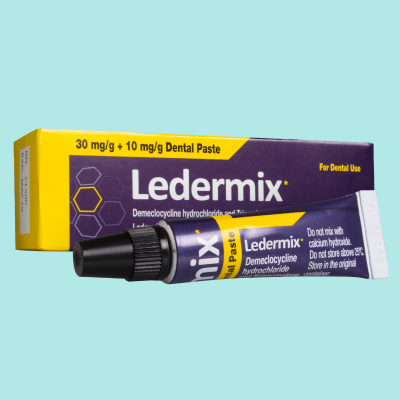
Laurence Bohan
Content Writer
Laurence Bohan
Content Writer
Laurence is a copywriter and trained journalist. His passion is creating insightful and educational content for dental professionals of every level. Outside of work, he enjoys watching sport, quizzing and spending time with his family.
You may Also Like

Ledermix Dental Paste
Ledermix paste is used for the relief of pulpal pain and inflammation in patients with deep cavities close to or involving the tooth nerve

Preventing Needlestick Injuries
It's crucial for all dentists to understand the risks involved with needlestick injury, be able to anticipate them happening and know how best to prevent them.

Ultra Safety Plus Twist and Pain
Find out how the Ultra Safety Plus Twist from Septodont can prevent needle stick injury and improve overall pain management. Buy from us at Kent Express.
